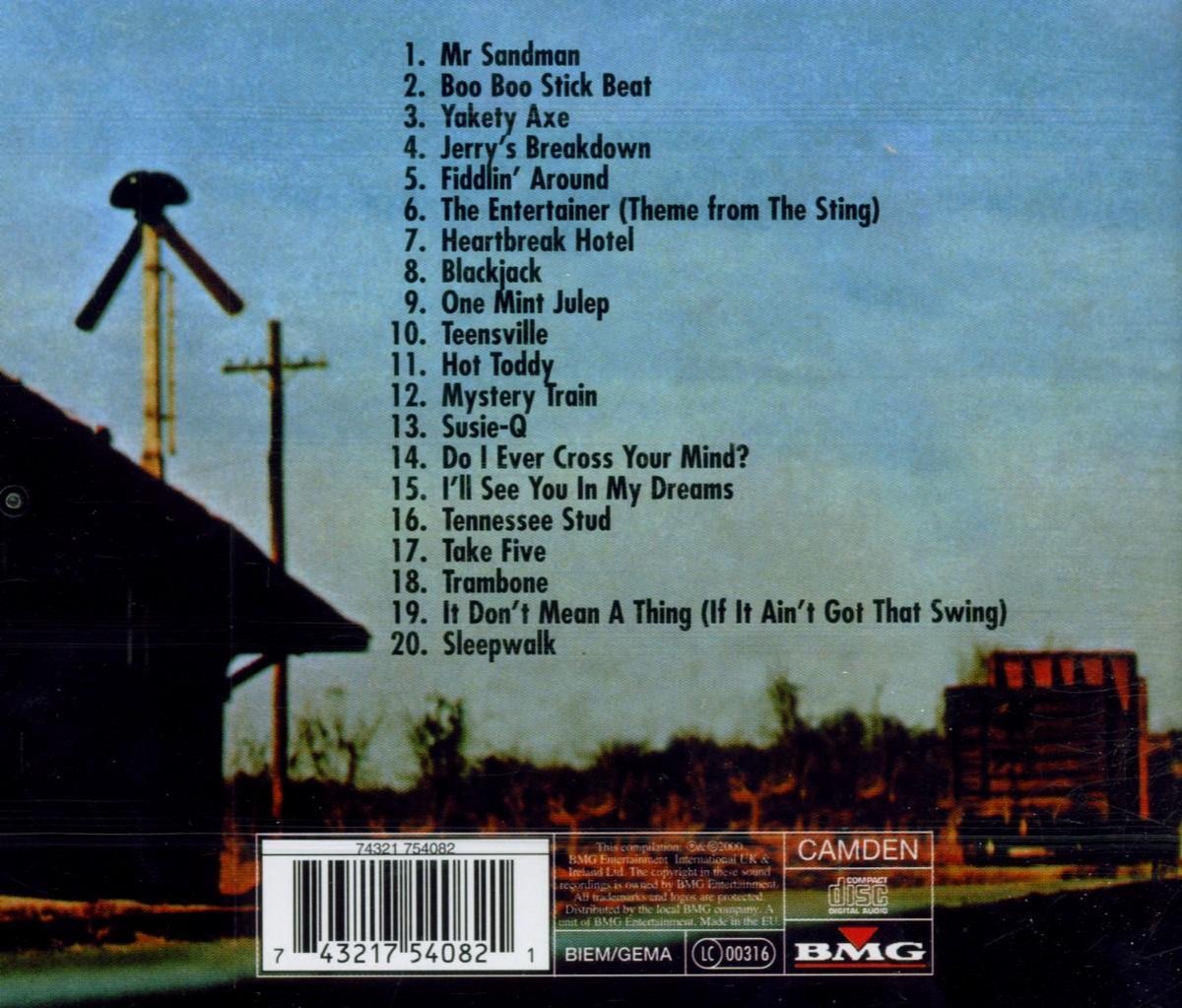
Not only did his records sell well, he designed guitars for Gibson and Gretsch the popularity of these models continues to the present day. By the late '50s, Atkins was known throughout the music industry as a first-rate player. Sandman" it was followed by "Silver Bell," a duet with Hank Snow. Two years later, he scored his first hit with a version of "Mr. That year, the label began to issue a number of instrumental albums that showcased Atkins' considerable talents. RCA appreciated his work and made him a consultant to the company's Nashville division in 1953. While he worked for RCA, he played on many hit records and helped fashion the Nashville sound. The following year, Mother Maybelle and the Carter Sisters hired him as a regular on the Grand Ole Opry, making his place in Nashville's musical community secure. Impressed by his playing, Sholes made Atkins the studio guitarist for all of the RCA studio's Nashville sessions in 1949. Once he arrived in Nashville, Atkins recorded eight tracks for the label, five of which featured the guitarist singing. Upon receiving the call from RCA, he moved to Nashville to record. By the time Sholes heard the tape, Atkins had moved to Denver, and was playing with Shorty Thompson & His Rangers. Sholes had heard Atkins previously, and had been trying to find him for several years. Eventually, it worked its way to Steve Sholes, the head of country music at RCA. A tape of one of Atkins' performances was sent to RCA Victor's office in Chicago. He eventually moved to Springfield, MO, working for the KWTO station. That same year, he made his first records, recording for Bullet. Atkins also began making regular performances on the WRVA radio station in Richmond, VA, but he was repeatedly fired because his musical arrangements differed from the expectations of the station's executives. Supporting Red Foley, Atkins made his first appearance at the Grand Ole Opry in 1946. After three years, he moved to a radio station in Cincinnati. Using a variety of contacts, he wound up performing on the Bill Carlisle Show on WNOX in Knoxville, TN, as well as becoming part of the Dixie Swingers. Atkins worked with Homer & Jethro while he was at the radio station.

However, Chet was still attracted to the guitar, and at the age of nine he traded a pistol for a guitar. Atkins learned his instrument rapidly, becoming an accomplished player by the time he left high school in 1941. On the recommendation of his older brother, Lowell, he began playing the fiddle at a child.

Interestingly, Atkins didn't begin his musical career by playing guitar. During the '50s and '60s, he helped create the Nashville sound, a style of country music that owed nearly as much to pop as it did to honky tonks.Īnd as a guitarist, he was without parallel. Atkins' style grew out of his admiration for Merle Travis, expanding Travis' signature syncopated thumb and fingers roll into new territory. Although he recorded hundreds of solo records, Atkins' largest influence came as a session musician and a record producer. Without Chet Atkins, country music may never have crossed over into the pop charts in the '50s and '60s.


 0 kommentar(er)
0 kommentar(er)
